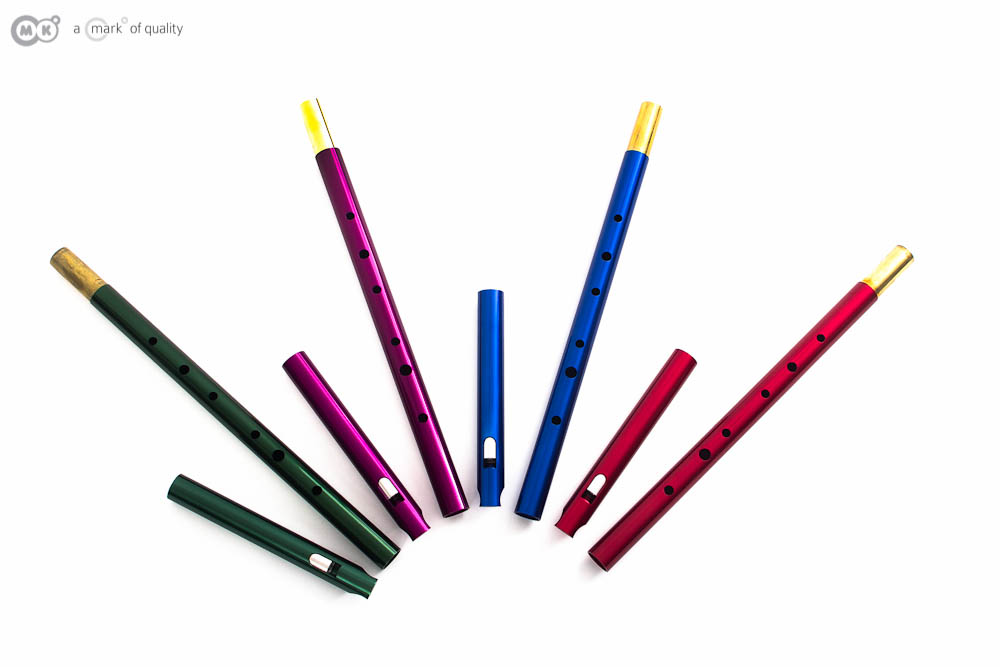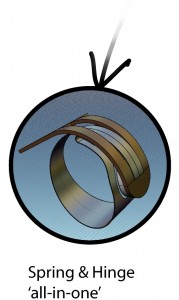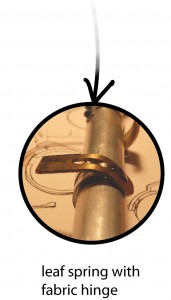We needed extra security to get the Purple low whistles back from the anodisers without loosing a few to anyone with sticky fingers. Everyone who saw them had something to say. It’s probably true purple isn’t everyone’s cup to tea … but whichever way, it seems you’ll still stand back and marvel at these. When […]







